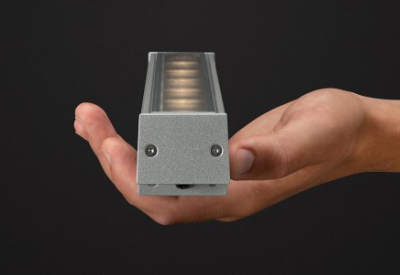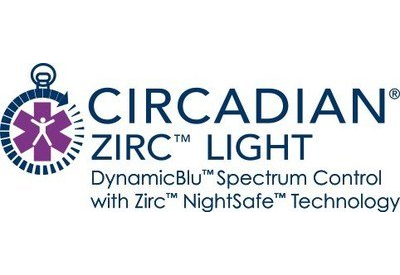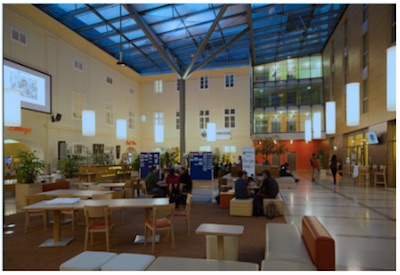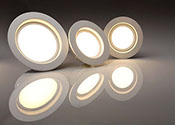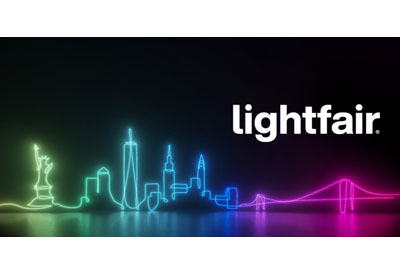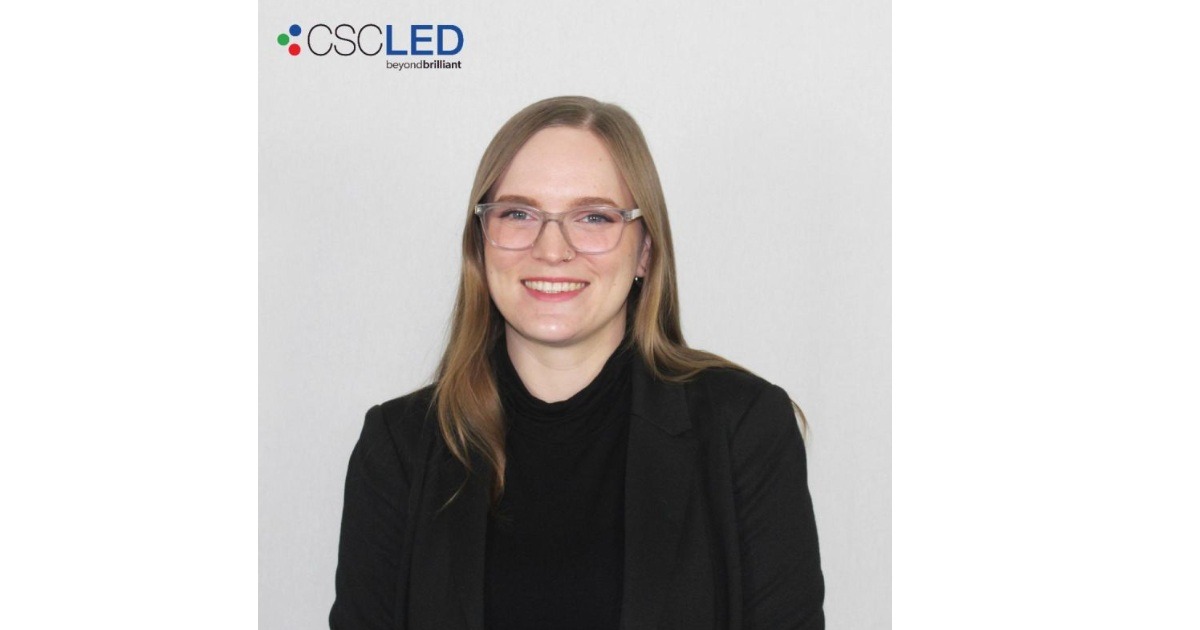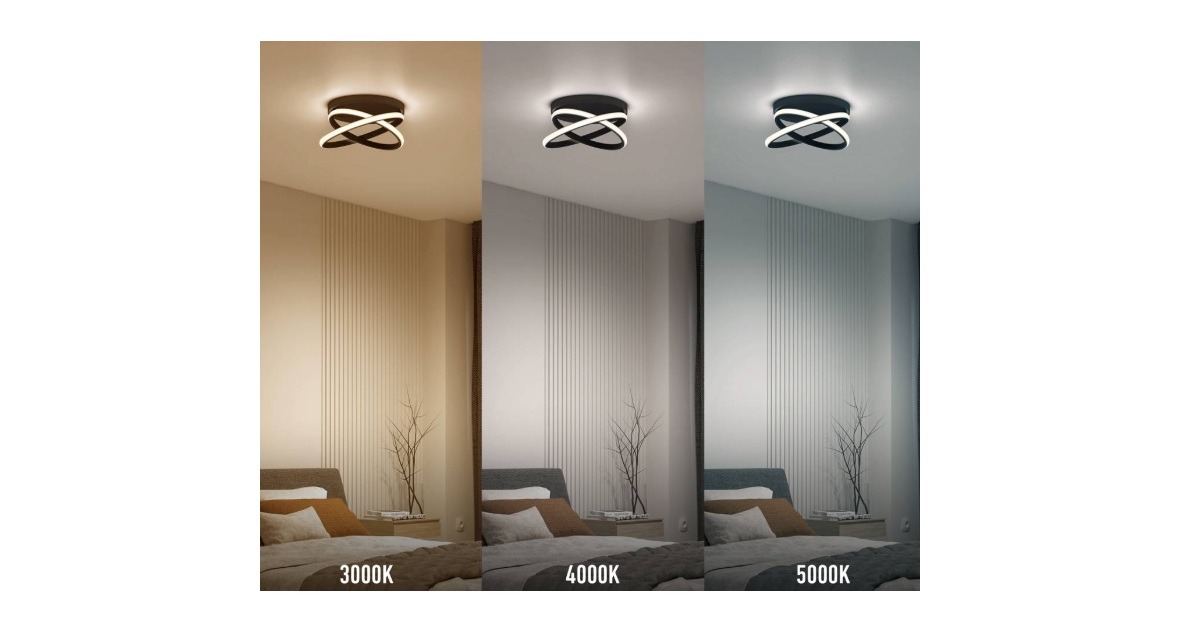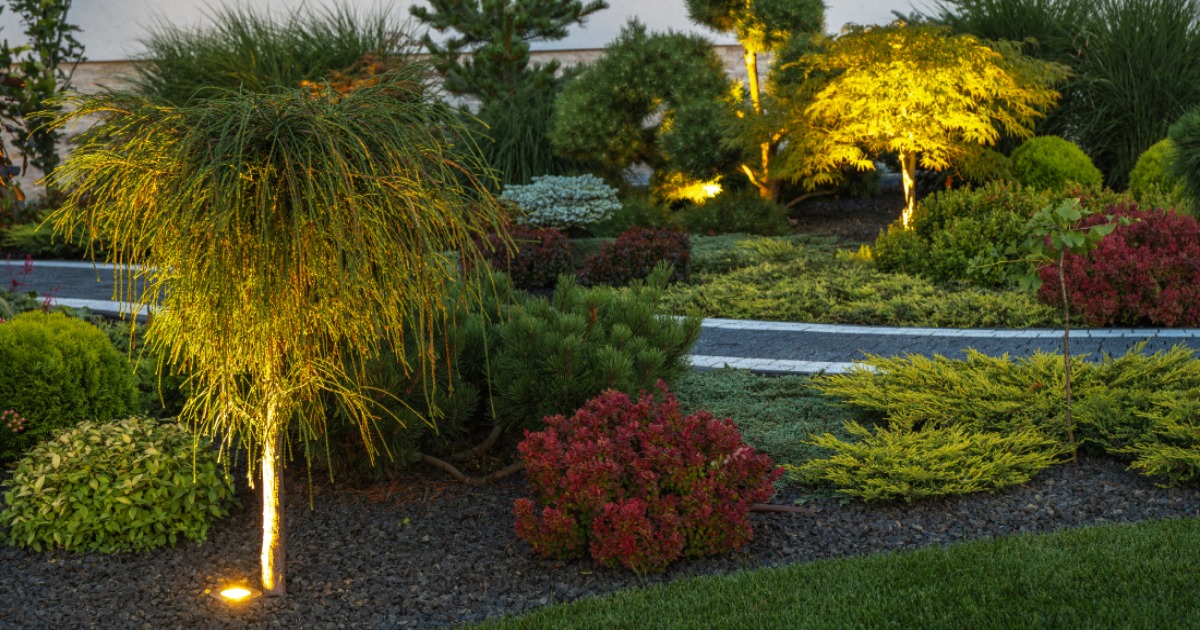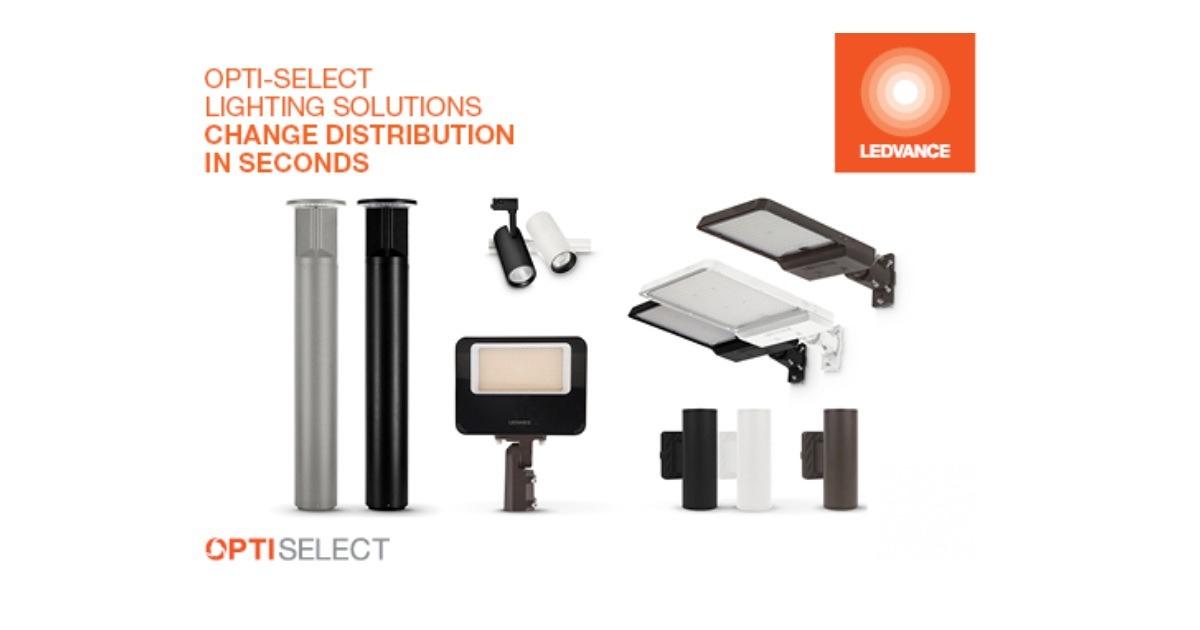Value Engineering Through LED Education

April 17, 2018
The lighting market is more competitive than ever before. And with unit sales rates exceeding revenue growth rates, aside from declining materials costs, as they say “it’s the competition, stupid.” Historically the term “value engineering” is derisively referred to as “seeking product that meets performance specifications but at a lower price.” There’s lots of that, at least perceptually, in the lighting market. The other definition of value engineering is where value is added to the sales process. This is commonly called “demand generation.” And demand generation requires knowledge. And for Synergy Electrical Sales, lighting knowledge came through LEDucation.
Demand generation is challenging
A major challenge to demand generation is training. The feasibility of training outside and inside salespeople on all of the emerging and changing issues, trends and information in many product categories can be overwhelming for even the best of salespeople. Consider lighting. Which supplier has “the answer”? Which controls are best for XYZ application? Which technology will be expandable in 2, 3, 4, 5 years? What will “survive”? How long is each company’s warranty? And so much more. The standard answer nowadays almost needs to be, “Let me look that up and get back to you,” “I don’t know,” or “Let me ask someone” (either internal, from a factory or a salesperson / rep).
Which is where value comes in. You either respond with a price-driven line or some knowledge that someone has been educated with.
Synergy Electrical Sales, a manufacturer rep for eastern Pennsylvania and New Jersey, attended a recent LEDucation event in New York City. While there were a number of manufacturer booths displaying products, what was more interesting was the number of workshops seeking to educate influencers (designers, engineers, architects, etc). According to Synergy some distributors were in attendance (and I’m sure more will be at LightFair). While Synergy did attend (which can only benefit their distributors and local influencers) so that they can add value to the sales process (and yes, it does benefit their lighting manufacturers), they shared their insights on the meeting and the workshops:
With a strong series of educational sessions and a great LED vendor turnout, LEDucation 2018 was true to its name. The showroom floor was balanced, granting equal amounts of space to both small, independent brands and larger conglomerates. Catering to the specifier community, booth displays were largely focused on spec-grade fixtures and the intimate set-ups were conducive to easy conversation between vendors and attendees.
Educational sessions were equally focused. The sessions avoided being manufacturer specific and were collectively detailed and informative. Many workshops focused on codes, human-centric design, WELL building, dynamic light (RGB), IoT, personalized light, and smart lighting.
While we were unable to attend all presentations, the topics did have a similar theme. For the most part, almost all presentations addressed controls. Why? Because trends in lighting and updated codes are requiring all players to think about controls on their projects. That said, controls, integration and automation seem to have two dominant driving forces at this point in time — energy codes and human-centric design optimization. Both topics were covered extensively during educational sessions and are worth drilling into.
Energy codes ASHRAE 90.1 2010, ’13 and ’16 have driven strict control provisions onto all projects within most of the U.S. The trade and spec community have been forced to come up with ways to implement a complex control sequence of operations within a similar construction budget (prior to the provisions). This has helped drive the adoption of wireless technologies at the spec level. Other trends like IoT, smart lighting, etc. tie into this development in code mandates. Wireless was formerly geared toward retrofit and existing construction, but the labour efficiencies of wireless solutions have proven to be necessary to help accomplish the new energy enforcements.
Human-centric design also took centre stage during LEDucation. LED and new control technologies have significantly expanded the periphery of possibilities within a light fixture. Human-centric design encompasses the new trends of circadian rhythm colour tuning, personal control, automated natural light control, and others. Certain classes focused on how we can take advantage of these expanded possibilities, while ensuring we don’t over-complicate the environment.
Lutron’s Brent Protzman referenced the “uncanny valley” in his presentation, referring to an interesting concept to beware of while taking advantage of automation and its many possibilities. Brent focused on the implementation of the many options that fall within human-centric design to ensure the environment is friendly, optimized, and brings enhancements to the space versus the contrary. WELL building standards are also driving the increased prominence of a lot of these similar concepts.
Overall, the educational sessions shed light on the almost exponential increase in capabilities for lighting and controls systems within recent years. It is worth noting that hard spec points such as CRI and colour consistency have become the standard across most manufacturers’ offerings.
For reps, trends like these beg the question, what will set an agency apart as fixtures become increasingly price competitive and/or easily interchangeable? (and the same question can be asked of distributors — CMG) And on the side of controls, with so many options, who takes on the implementation of these options? Who is liable for the decision behind the detailed sequence of operations that define the capabilities behind the options? And which technology is right when? (CMG teamed with Lighting Solution Development on a recent article regarding Connected Lighting, its options and sales challenges — CMG.)
With no floor in sight to material price pressure, it is in the best interest of reps to focus their efforts on assisting in implementation of their vendors’ materials. The benefit of attending shows like LEDucation is that, when one takes the time to actively listen, the attendees’ questions often lay a foundation that reps can use to grow sales in innovative ways. A need for assistance with implementation and simplicity was echoed across multiple educational sessions. As a rep, being able to liaise between vendor and customer regarding implementation and establishment of a sequence of operations is invaluable. As reflected in the proceedings at LEDucation, specifiers, end users, facilities managers, etc. want a full lighting and controls solution with a simple interface. In the same vein as customer experience, reps can play to the current trends in LED lighting by becoming experts in servicing their customers — end-customers, specifiers, contractors, distributors and vendors — and using that expertise as a selling point to further grow their customer base. Being able to manage all customer expectations in the realm of lighting by being cognizant of implementation challenges and rising to meet those challenges will be a critical skill for the rep of the future.
— Contributed by Rosalie Good, Marketing Manager, Synergy Electrical Sales (and yes, how many reps have a full-time marketing manager on staff?!).
For those who wonder if value-engineering means “added value”, what is the benefit of “the right solution from a knowledgeable resource”? While it may not generate a value-added premium to the price, it may help secure the business without being the least expensive.
And it begs the question, how can you bring insights from these types of educational workshops into your company? For your customers? Or do you prefer to focus on product marketing and contribute to the continued price erosion in the lighting space (which yes, others continue to drive to?)
Distributors… are you attending LightFair? Did you attend LEDucation? What are the benefits to you of attending? And how are you communicating this acquired knowledge to your customer base?
Reps… if you have multiple lighting lines, are you attending LightFair? Do you have a value-added strategy on what to seek and how to share information within your territory upon your return? Did you attend LEDucation? Are you investing in the lighting side of your business or seeking to quote and expecting the manufacturer to be the demand generator? Or are your manufacturers price deliverers?
David Gordon is President of Channel Marketing Group. Channel Marketing Group develops market share and growth strategies for manufacturers and distributors and develops market research. CMG’s specialty is the electrical industry. He also authors an electrical industry blog, www.electricaltrends.com. He can be reached at 919-488-8635 or dgordon@channelmkt.com.

